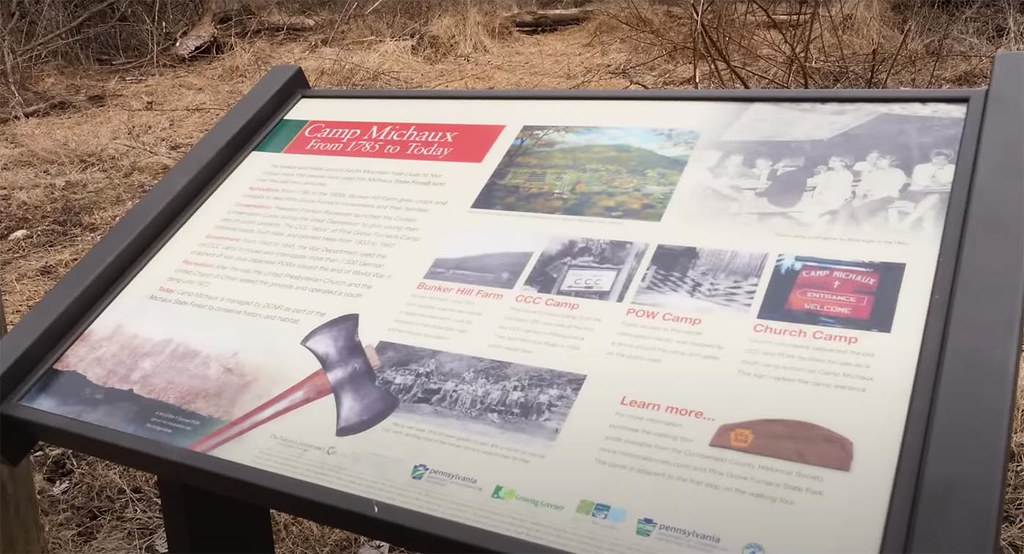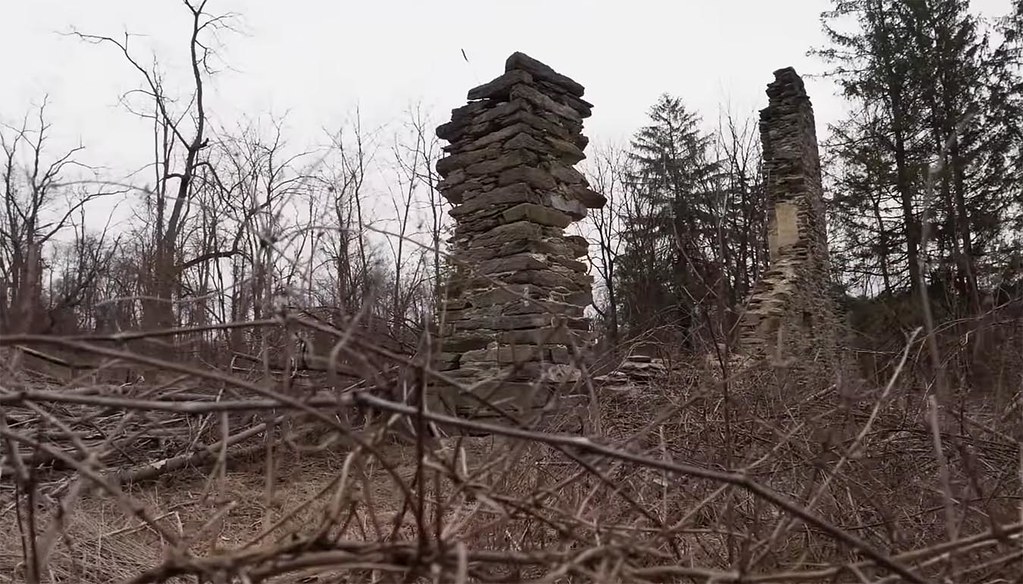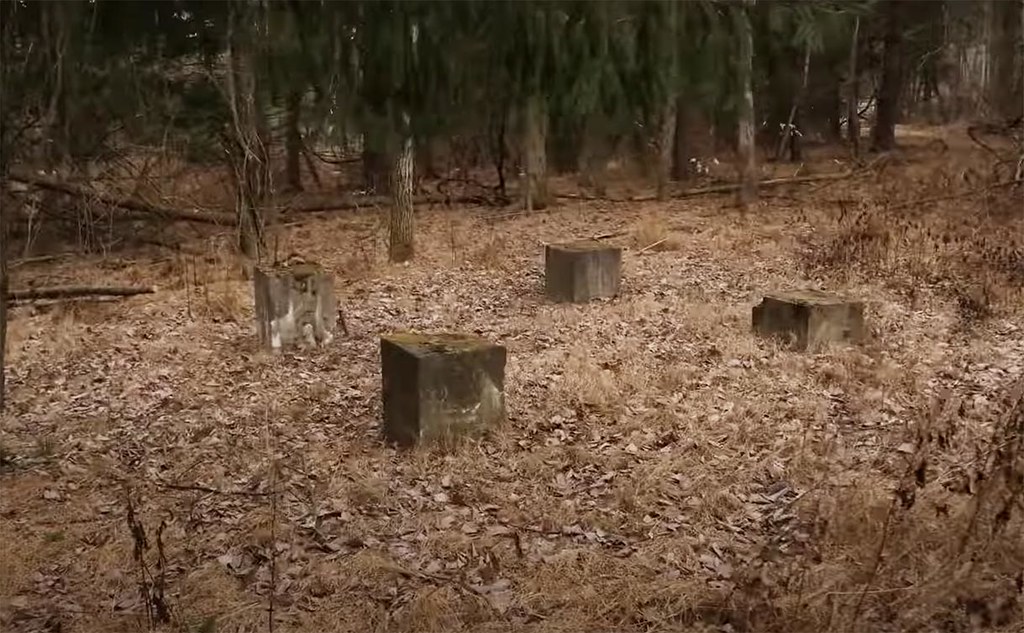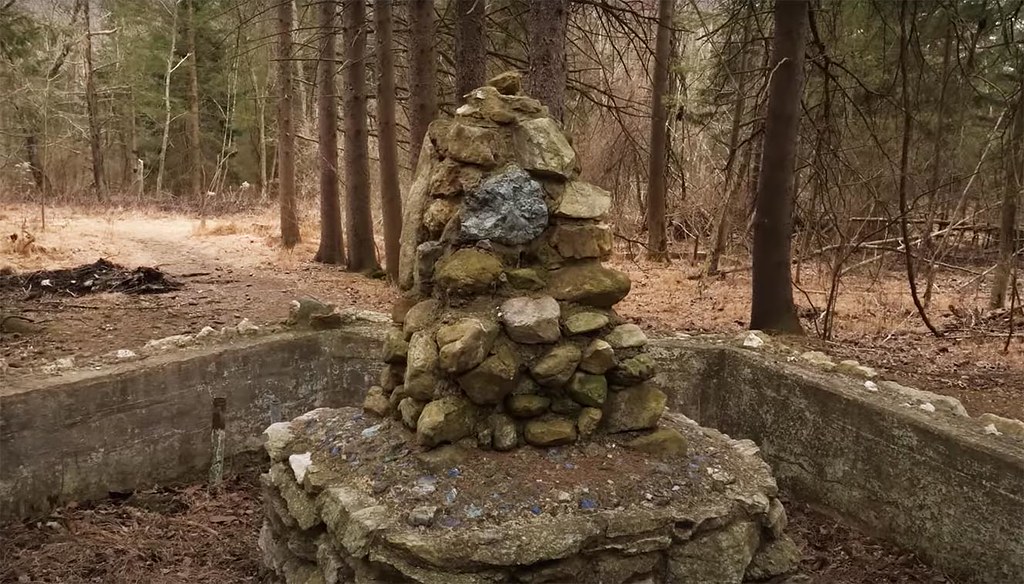Pine Grove: the ruins of a former secret WWII prisoner of war camp in the US
Among the many stories of World War II, the most unusual are those of the prison camps created by the allies.
In Spain we know the history of the prisoner camps created by the USSR through the excellent book "Embajador en el infierno" (Ambassador in Hell) by Torcuato Luca de Tena, narrating the experience of Captain Palacios, an officer of the Blue Division, the Spanish volunteer unit that fought in the ranks of the German Army against the Soviets. Many prisoners taken by the Western Allies were sent to Canada and the United States, where their living conditions were much better than those in prison camps in the USSR.
One such prison camp was set up in Pine Grove, Pennsylvania, USA, on land that from 1785 to the 1920s had been the Bunker Hill farm. In 1933, a camp of the Civilian Conservation Corps (CCC) was installed on that same land, created by Franklin D. Roosevelt to apply his "New Deal". Until 1942, this camp provided work for unemployed youths to build roads and paths and plant trees. In 1943 the War Department set up a secret prisoner-of-war camp there, primarily for interrogation. More than 7,500 German and Japanese prisoners passed through, relieving the CCC in its work.
After the war, two evangelical denominations, the United Presbyterian Church and the United Church of Christ, rented the land to set up youth camps, which operated until 1972. Since then, the site is abandoned and has ended up in ruins, although information panels have been installed that recall its history. A few days ago, the channel The History Underground (I recommend you follow it, it has very interesting) published a video touring the ruins and showing with old photos what that prison camp was like:
Here we see one of the information panels installed at the site. The site is identified as Camp Michaux, but apparently this was the name given to the post-war Christian youth camps. The official name of the prison camp was Pine Grove Furnace POW Camp.

The ruins of the old Bunker Hill Farm, built in the 18th century and on the grounds of which the prison camp was installed.

A curiosity that the author of the video found on a nearby bridge: inscriptions apparently made by prisoners of war who passed through Pine Grove.

The old base of one of the watchtowers of the prison camp. Very few vestiges of that camp now remain.

A fountain that used to be in the field. It was built when the place was in the hands of the Civilian Conservation Corps, and it is the best-preserved building to this day.

|
Don't miss the news and content that interest you. Receive the free daily newsletter in your email: Click here to subscribe |
- Lo más leído
- A large collection of Volkswagen cars hidden in an abandoned mine in Switzerland
- Sabbione: a beautiful Swiss town that looks like something out of 'The Lord of the Rings'
- The supermassive black hole of Phoenix A, the biggest known light-devouring monster
- The unknown Soviet female cosmonaut who died on a mission: history or hoax?
- An old Soviet military plane abandoned from 1971 on a Russian island near Alaska
- Kowloon, the city that had the highest population density record in the world
- The story of the 'Chewing Gum Girl' and her small grave in a cemetery in Chester, England

 ES
ES





Opina sobre esta entrada: